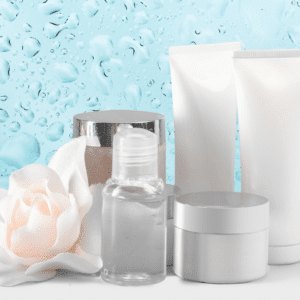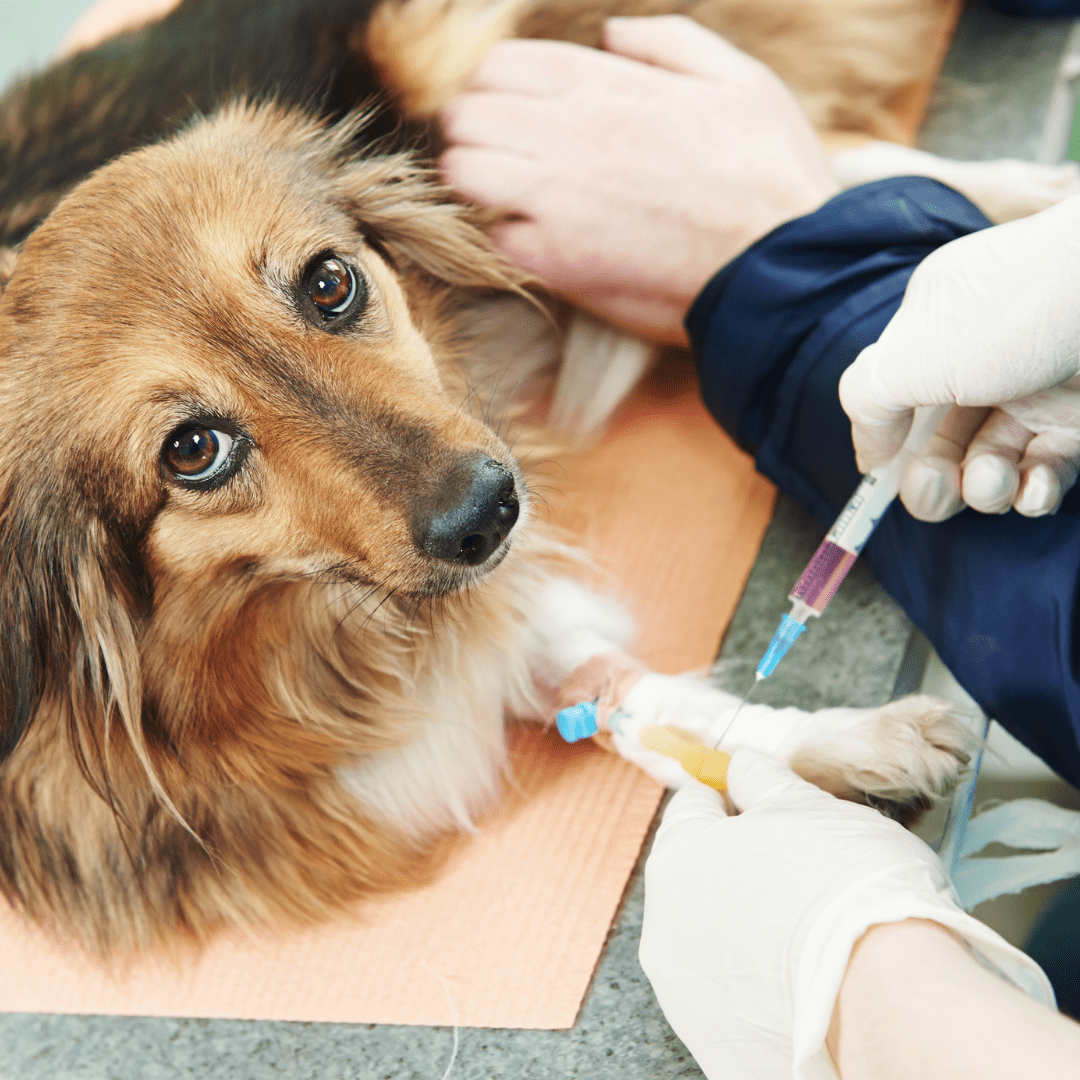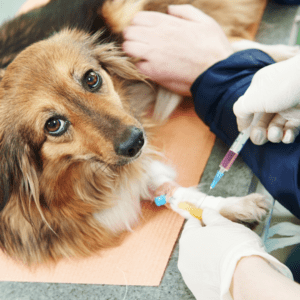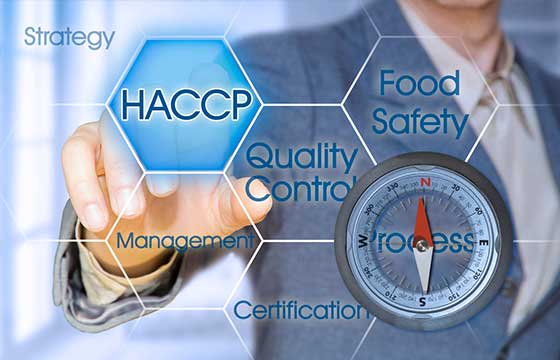 What is a cosmetic?
What is a cosmetic?
Under Section 2 of the Food and Drugs Act, a cosmetic is defined as “any substance or mixture of substances manufactured, sold or represented for use in cleaning, improving or altering the complexion, skin, hair or teeth, and includes deodorants and perfumes.”. This is different than drug and natural health products even though they are all regulated under the Food and Drug Act. The classification of the product depends on its function, purpose, and representation for use (such as claims or recommended purposes). Ingredients in the formula may also help determine the classification. For example, in Canada, ingredients like corticosteroids can only be licensed as drugs whereas Green Tea Leaf Extract may be licensed as a cosmetic product or a Natural Health Product.
Prohibited Ingredients and Restricted Ingredients
All cosmetic products sold in Canada are required to meet the requirements listed in Food and Drugs Act and Cosmetics Regulations. Health Canada has compiled a cosmetic ingredient hotlist and identified all prohibited and restricted ingredients. Prohibited cosmetic ingredients are ingredients that must not be present in the cosmetic products sold in Canada. An example is Benzyl Chloride. Restricted cosmetic ingredients are ingredients that are permitted only within certain conditions of use or when cautionary statements are present. These cosmetic ingredients are permitted with an upper limit on concentration. For example, benzethonium chloride is not permitted in products to be applied to mucous membranes. However, it is permitted in leave-on products, at a concentration equal to or less than 0.2%, and rinse-off products, at a concentration equal to or less than 0.3%. This list gets updated periodically and it is your responsibility as the manufacturer to keep them up to date and make sure your cosmetic products and cosmetic ingredients are compliant with the regulations.
Potential Presence of Toxic Substances
Health Canada sent out a notice on behalf of Environment and Climate Change Canada on April 1, 2022, to increase awareness that some cosmetics contain prohibited toxic substances called per- and polyfluoroalkyl substances (PFAS). They are a group of chemicals used to increase the wear, durability, spread, and water and oil resistance of applied cosmetics. They are generally found in products such as foundations, liquid lipsticks, and waterproof mascaras to be wear-resistant to water and oils and long-lasting. These PFAS include perfluorooctanoic acid (PFOA), its salts and precursors; long-chain perfluorocarboxylic acids (LC-PFCAs), their salts and precursors; and perfluorooctane sulfonate (PFOS), its salts and precursors.
Looking for assistance with your Cosmetics?
Under the Canadian Environmental Protection Act, of 1999, these PFAS groups are toxic and prohibited in Canada. Precursors are defined as compounds that consist of a perfluorinated alkyl group that has the molecular formula CnF2n+1 in which n = 7 or 8 and that is directly bonded to any chemical moiety other than a fluorine, chlorine or bromine atom; compounds that consist of a perfluorinated alkyl group that has the molecular formula CnF2n+1 in which 8 ≤ n ≤ 20 and that is directly bonded to any chemical moiety other than a fluorine, chlorine or bromine atom; and compounds that contain one of the following groups: C8F17SO2, C8F17SO3 or C8F17SO2N. Under Prohibition of Certain Toxic Substances Regulations, 2012, these toxic substances are harmful to the environment or human health and can be persistent and bioaccumulative. Though they may be allowed in other countries, they are prohibited in Canada, and it is the importer’s responsibility to avoid regulatory violations in Canada.
Quality Smart Solutions offers regulatory services from registering your cosmetic products and reviewing your cosmetic ingredients. We also offer a cosmetic product label compliance solution. Our experts are here to help and offer any cosmetic-related regulatory advice!
References








